Description
HISTORY OF THE N15 CLASS
In the autumn of 1918 the LSWR’s works at Eastleigh turned out the first three of a new express passenger 4-6-0 class designed by Robert Urie. A further seven appeared between February and November 1919. With 6 ft 7 in drivers, carrying the characteristic Urie stove pipe chimney and retaining a Drummond style cab the N15 class was otherwise styled along H15 lines. The new locomotives were initially welcomed by the operating department, however at that time the schedules of the principal expresses they were working were undemanding with a maximum speed of 60mph. When timings were accelerated, though, they proved to be poor performers since they were not free steamers and were unable to sustain high power outputs.
Upon assuming the job of C.M.E. of the Southern Railway Richard Maunsell undertook a review of the existing locomotive stock. Although he had his own new designs planned the need to maintain services before they became available led to an improvement program on existing designs. A revised front end design applied to the N15s including increasing the area of the steam and exhaust ports, fitting a modified chimney and blastpipe significantly improved the class’ performance.
As Maunsell’s new express passenger design was not going to be ready in time for the summer 1925 timetable and this was going to leave the railway short of suitable locomotives the Southern placed an order for 20 engines to the N15 design with the North British Locomotive Company. These were built and supplied in record time. This batch became nicknamed by crews as “Scotchmen”. Simultaneously Eastleigh built a batch of ten N15s to replace the Drummond G14 class and they adopted their numbers and tenders. These and later batches differed to the original Urie design in that they had smaller cylinders, a higher boiler pressure (200 psi instead of 180 psi), front end features from the N Class and an Ashford style cab to the composite SR loading gauge.
During this time the Board of the Southern Railway decided that all express passenger locomotives would be named. In view of the Southern’s connections with the West Country and the class’ association with West of England expresses the N15 class was named after personalities and places associated with the King Arthur and the Round Table Legend. With such romantic associations this went down well with the public and it was the first example of the sort of inspired marketing which would come from the Southern Railway. The first of the G14 replacement engines E453 was named King Arthur, and all members of the class including the original Urie builds and the Scotchmen received names.
The order with the North British was extended to a total of thirty and a further fourteen Arthurs were built at Eastleigh in 1926 and coupled with six wheeled tenders for use on the Brighton section (where the turntables were smaller). Following experiments with 772 Sir Percivale in 1926 smoke deflectors were fitted to all of the class, the first UK locomotives to be so equipped, during the mid 1930s.
Early batches came originally with 4300 gallon Drummond “watercart” tenders, a design which was modified for the N15s. The six wheeled tenders for Brighton line had a capacity of 3500 gallons and these required a higher intermediate draw gear than the bogie tenders. Over time tenders were swapped around not only within the class but also with S15s, the Schools class (which received their six wheeled tenders) and with the Lord Nelson class (some lost their newer flat sided bogie tenders and received an earlier Urie version).
After a poor start this class emerged as one of the greatest designs of its day. They were popular with their crews and had a reputation for both being reliable and having an impressive performance. Introduction of electrification, particularly on the Brighton lines, the introduction of the Lord Nelson class and ultimately the Bulleid Pacifics relegated them from top express work after only a comparatively short time. The first withdrawal was in 1953 and all had been withdrawn by 1962. Only one engine 30777 (777) Sir Lamiel owned by the National Railway Museum survives in preservation.

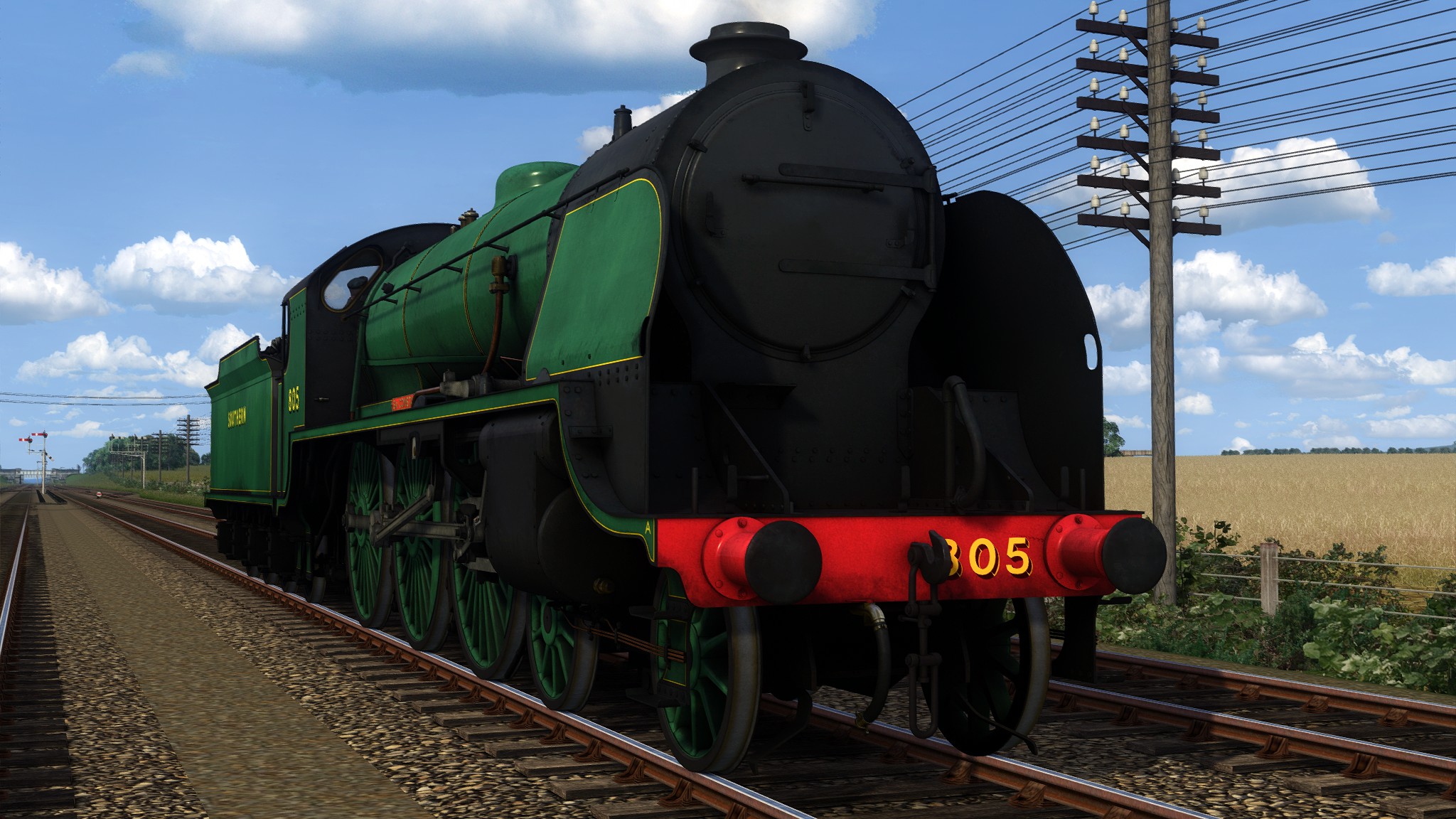
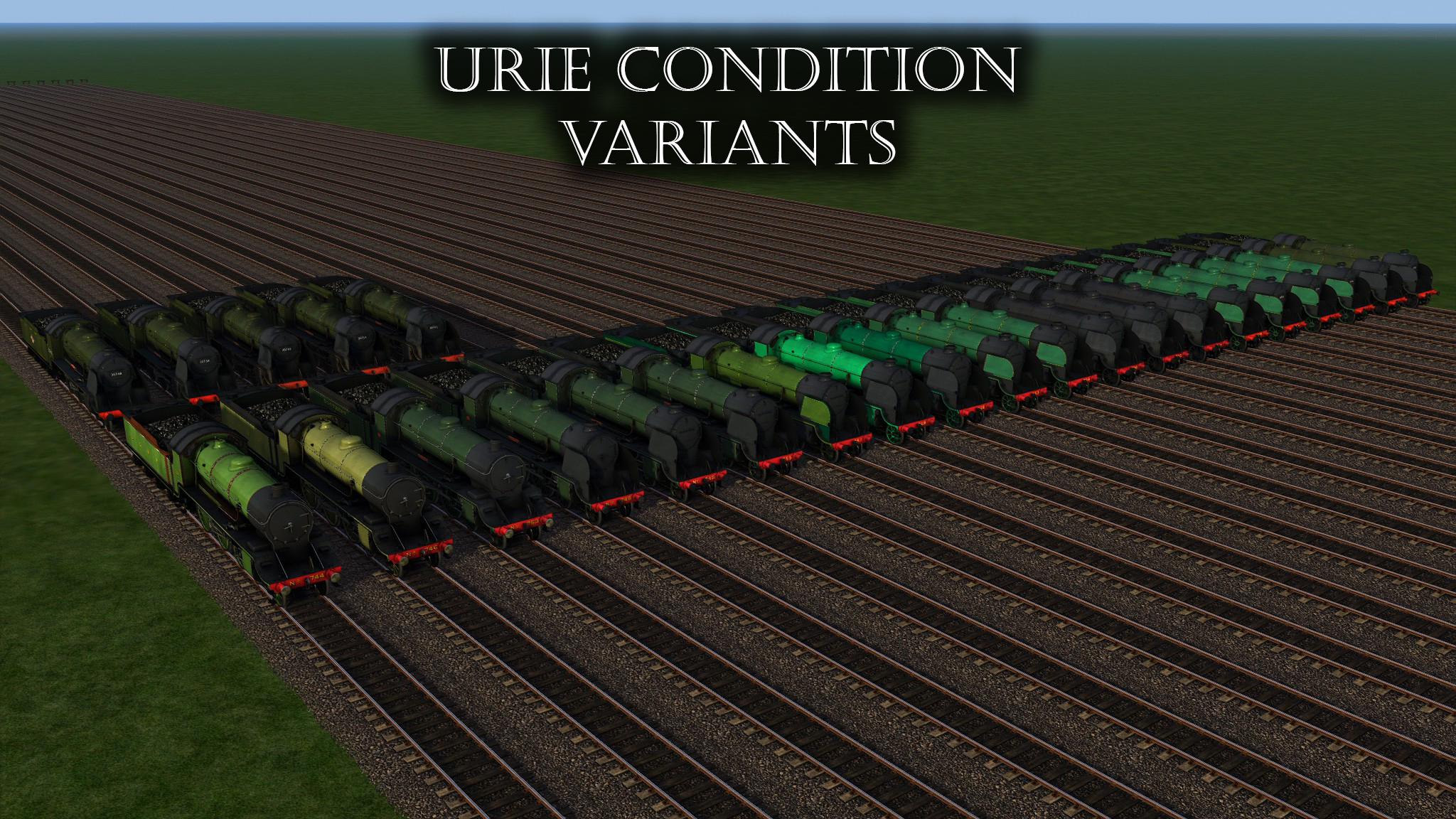
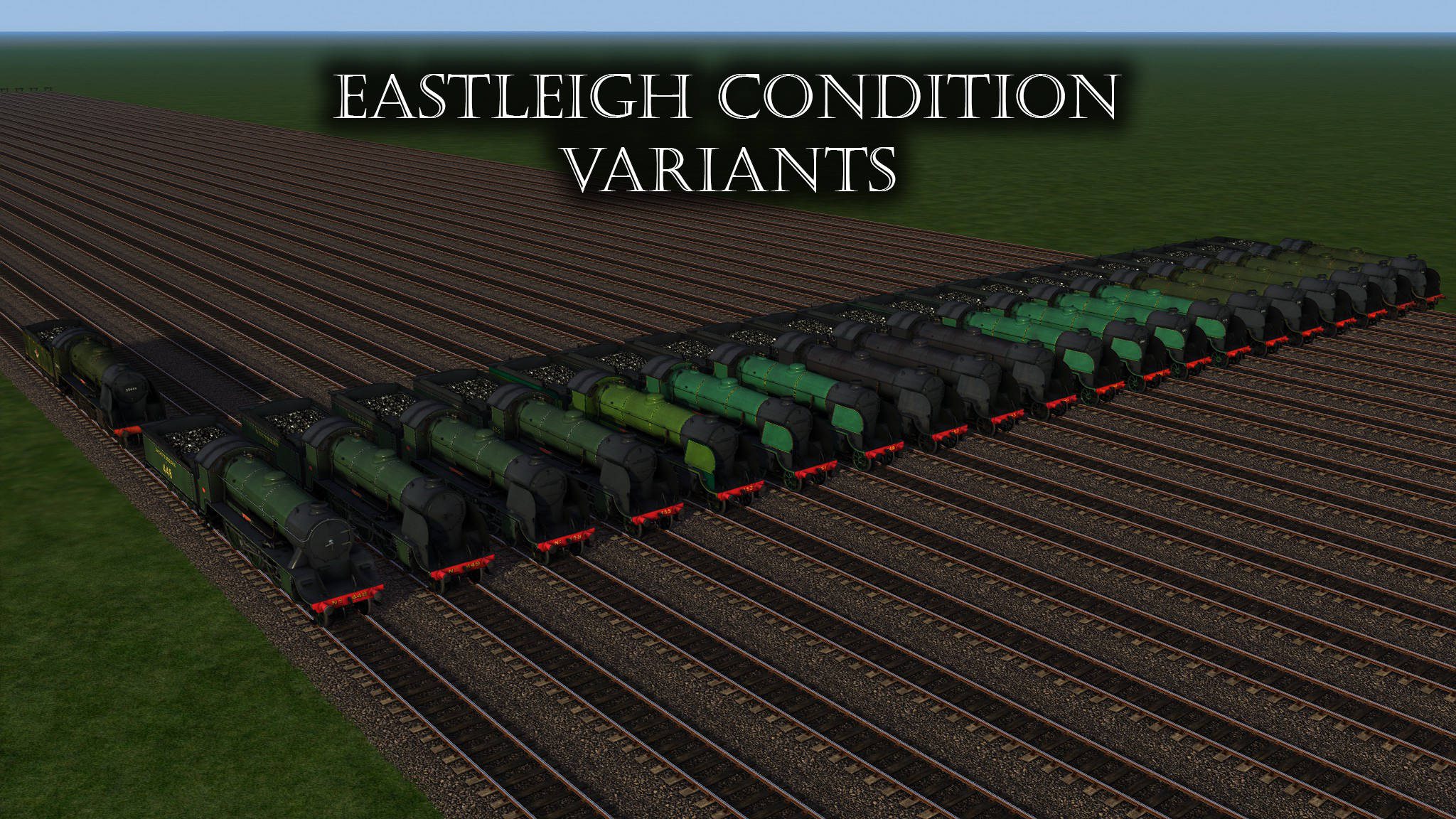
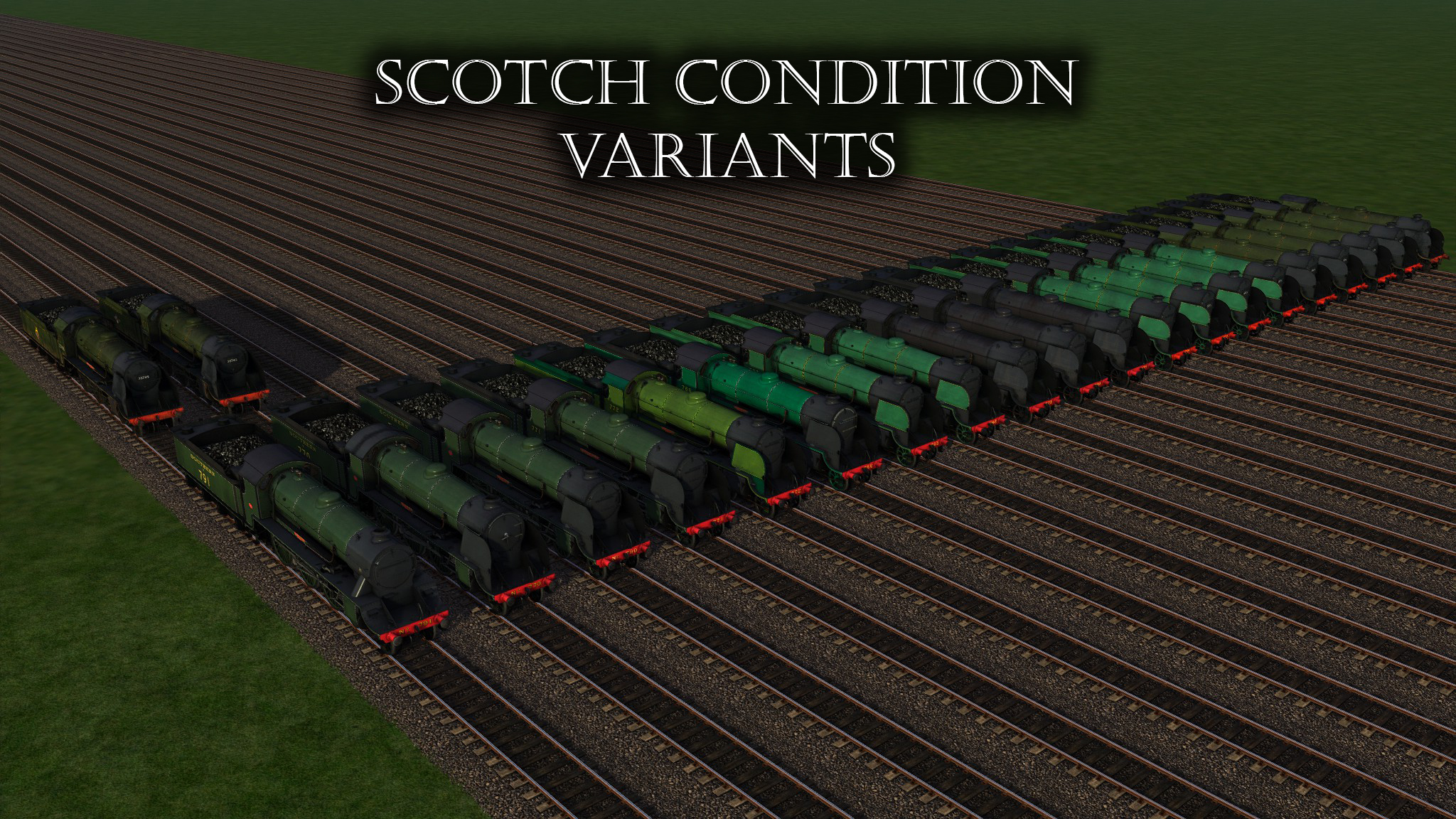
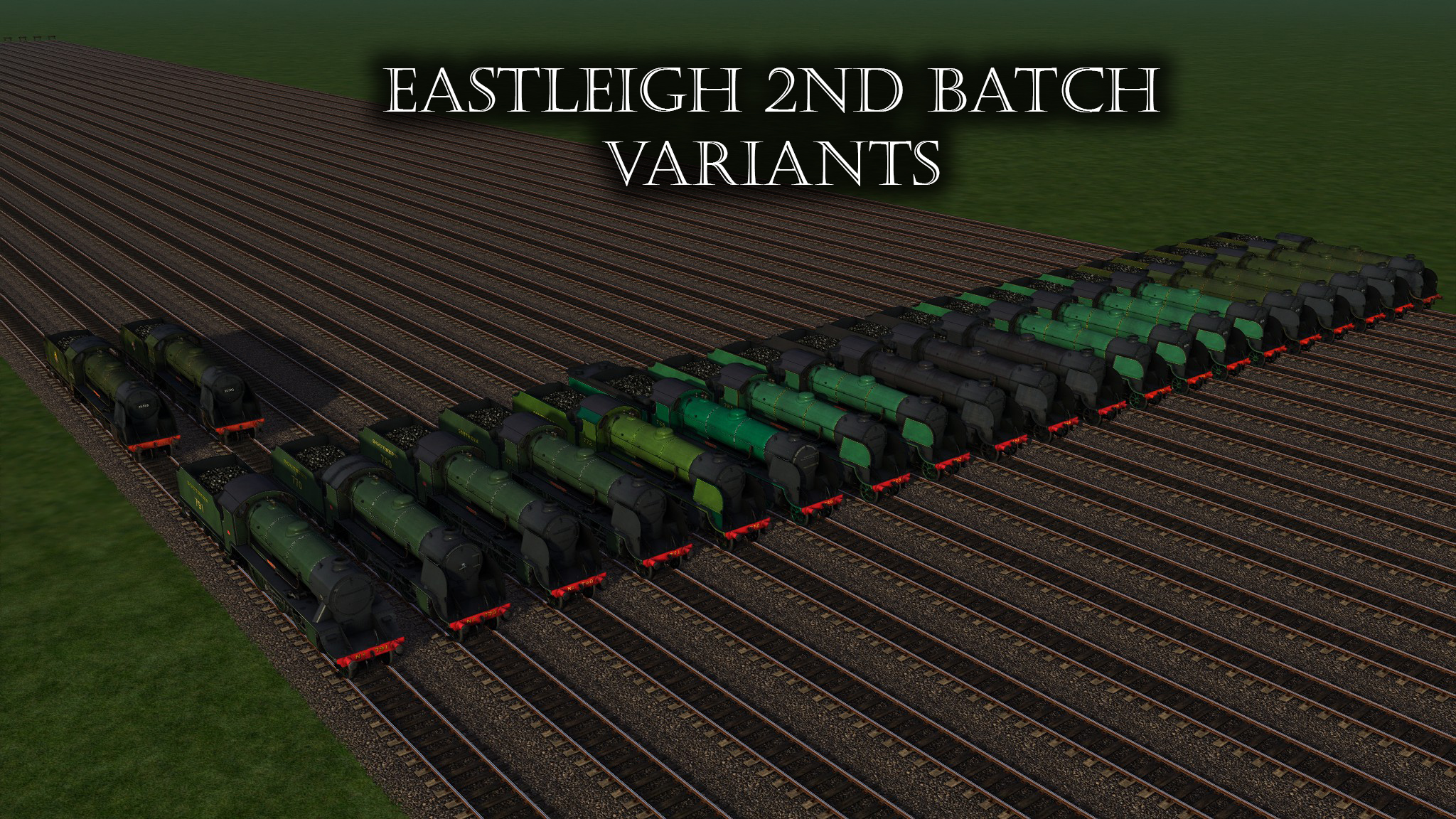
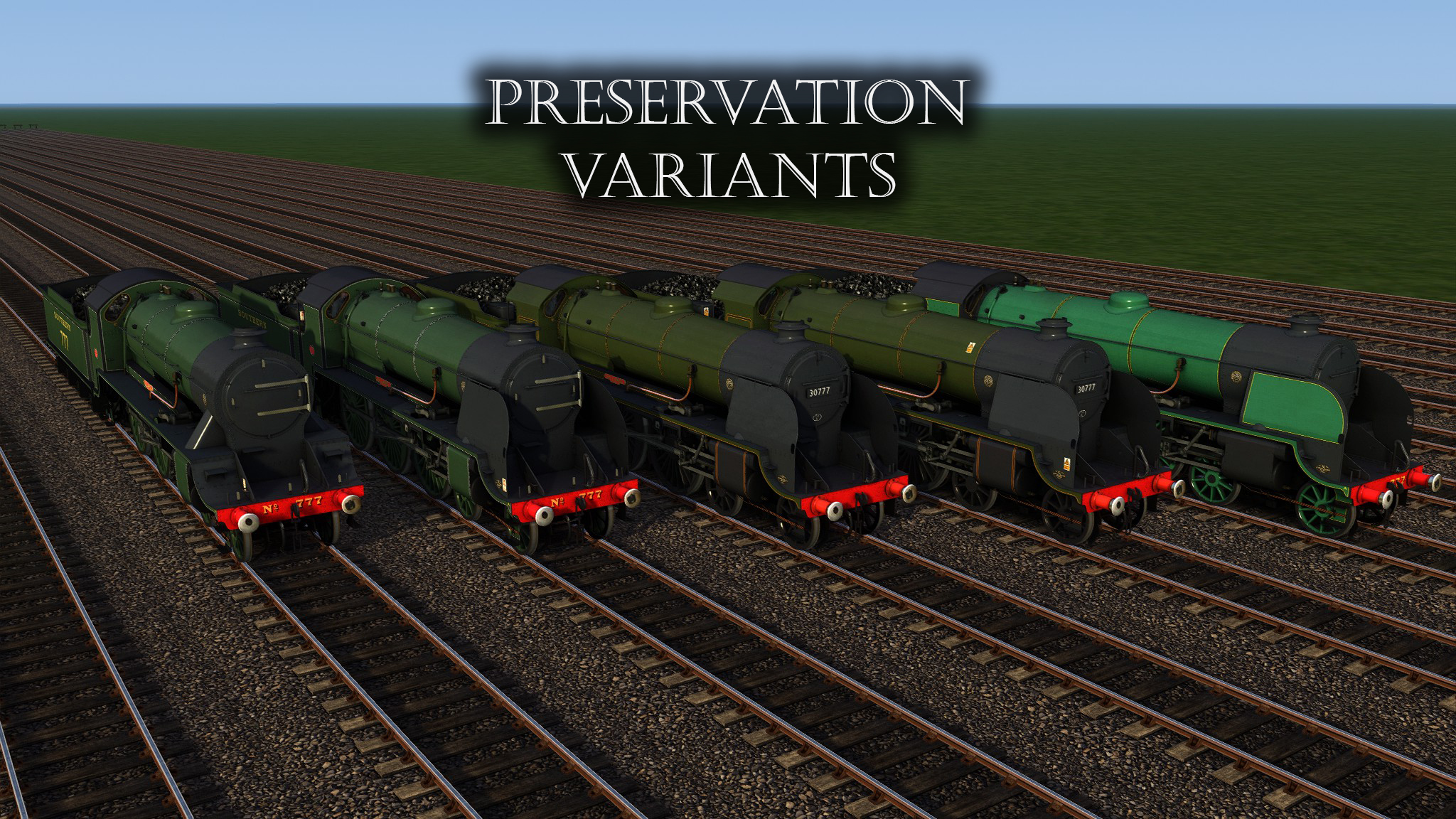
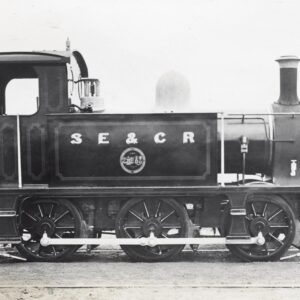
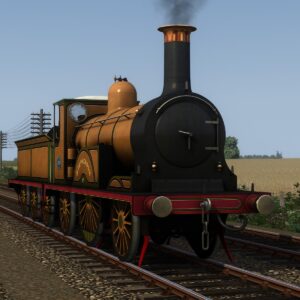
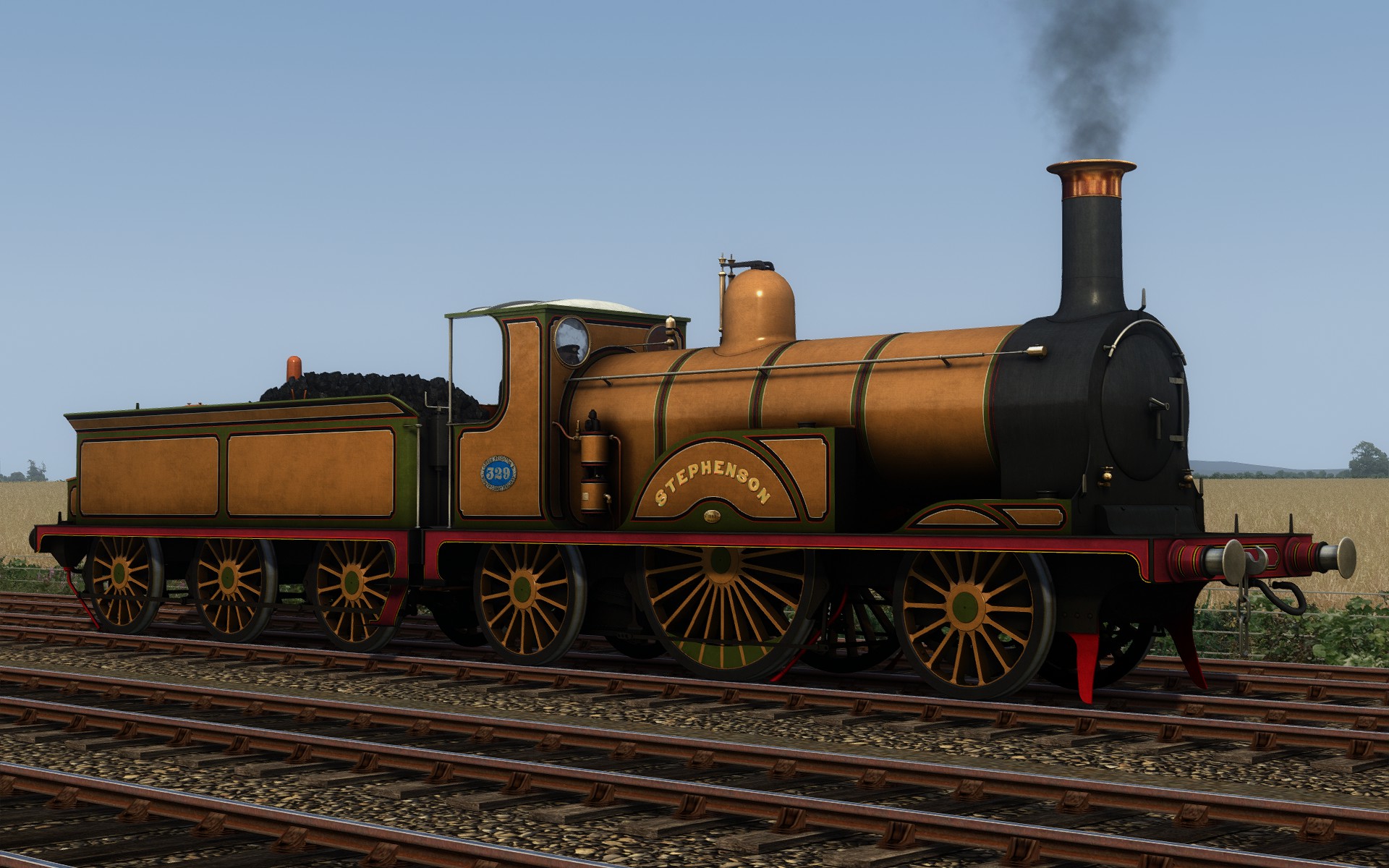
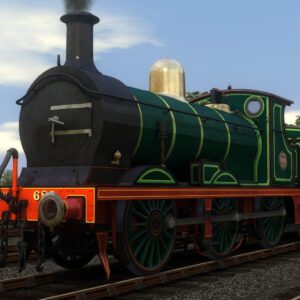
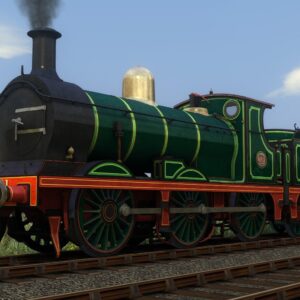
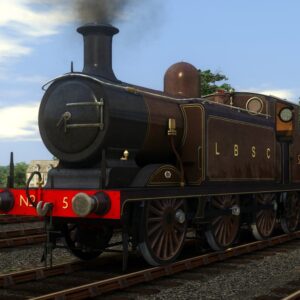
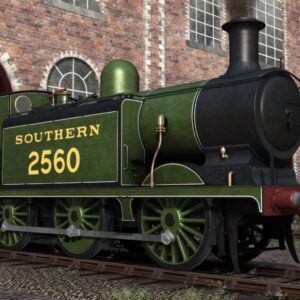
Mats dubois (verified owner) –
Great locomotive and definitely worth the wait. the many variations to get in this pack are definitely worth the high price and the 3D name plates are very beautiful. great sounds and all around greater modelling. buy it if you haven’t already.